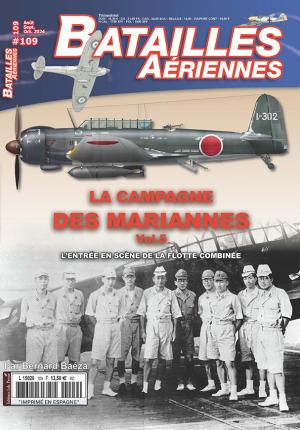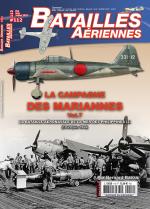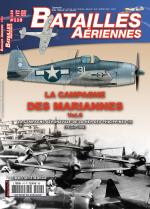Digital version of this book
Editorial BA 109
Dear readers,
You have in hand the 5th part of Bernard Baéza's work on the famous naval air battle of the Marianas. With this issue, we get to the heart of the matter: preparation, for the Imperial Navy, for the great confrontation at sea and in the air, sought by Japanese strategists. However, despite its apparent power, this fleet is already condemned by the overwhelming superiority of the US Navy, whose aircraft carriers carry twice as many planes as the Japanese can field. The Japanese plan, Operation A (A-go), however, counted on the support of the 1st Air Fleet, mainly based in the Mariana Islands; However, on the eve of the confrontation, there is practically nothing left and in any case nothing that could tip the scales towards the Japanese side. Another major and irremediable problem: the defective training of Japanese embarked aviation crews. Entering a war that they thought would be short, Japanese strategists neglected not only the level of losses suffered but also the renewal of crews. Thus in June 1944, very few men could boast of having real combat experience and adequate training.
This great battle had obviously been studied in the work “Samurai on aircraft carrier” which we published a few years ago. The attentive reader will therefore find in the story of this issue (and in the following one) some differences mainly due to the provision of new archives, particularly Japanese ones. Only positive things since at the time, these archives were not accessible.
Good reading,
Michel Ledet.
The author asked us to include this slight correction concerning the previous volume devoted to the Marianas (BA 107):
An error appeared on page 41 of BA.107. In the text as in the caption of the top photo, it should read “CC Ralph Weymouth” instead of “CC James D. Ramage callsign ‘Jig Dog’” who commanded the VB-10. Weymouth was to retire with the rank of vice-admiral.









